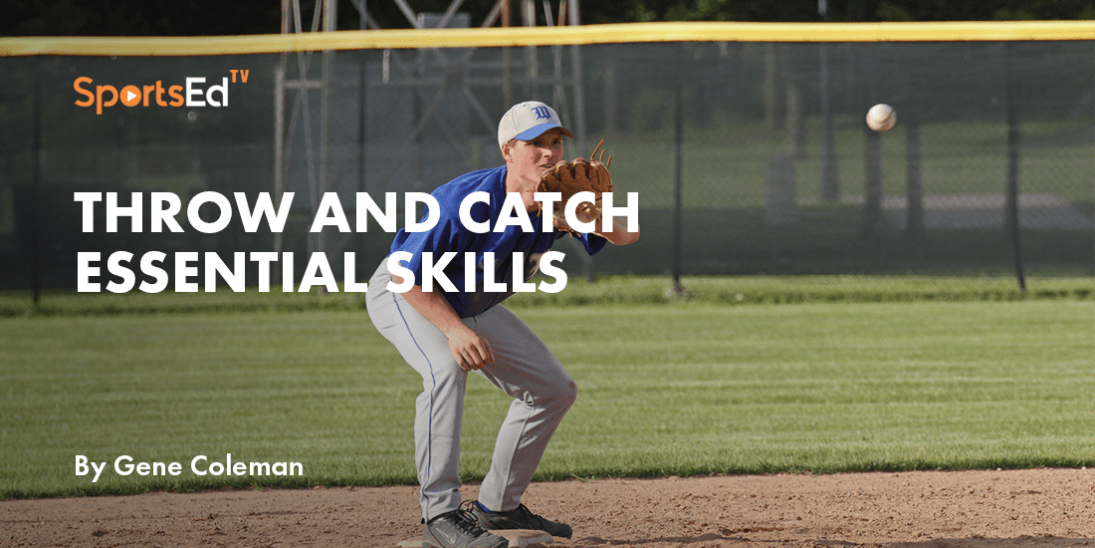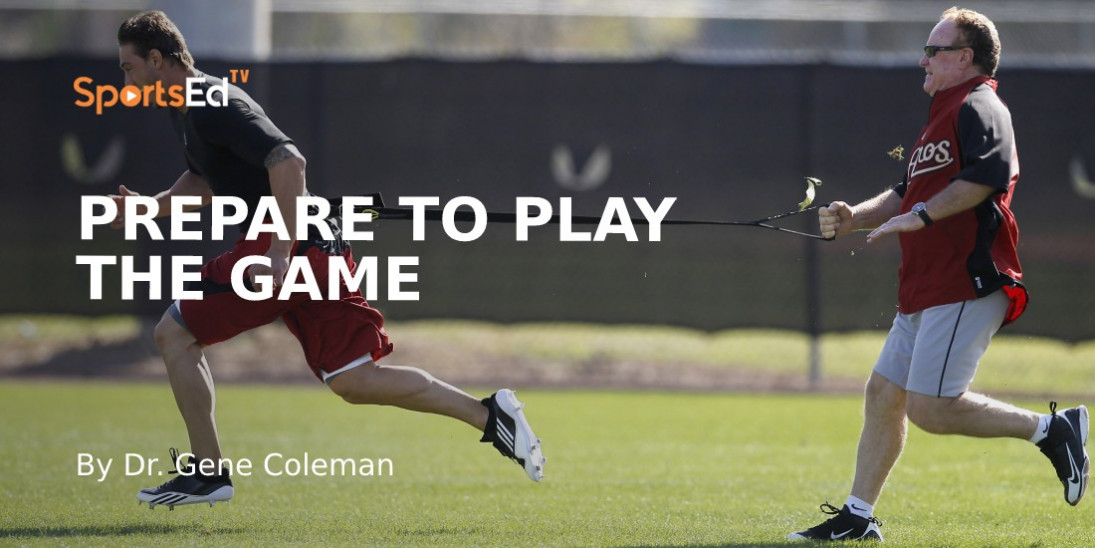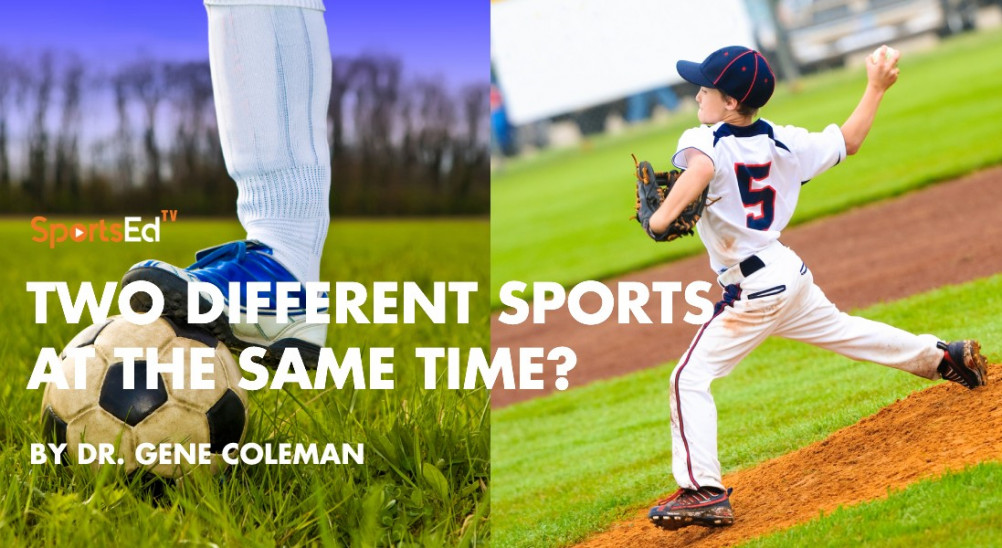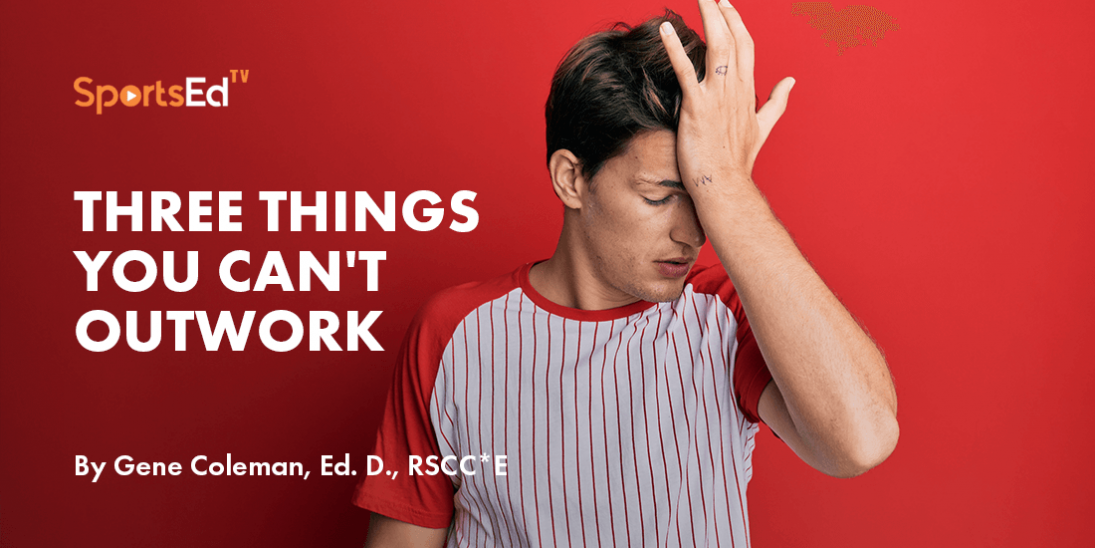Baseball
Welcome and thanks for visiting...

Training Guidelines for Youth Baseball Players, Parents and Coaches
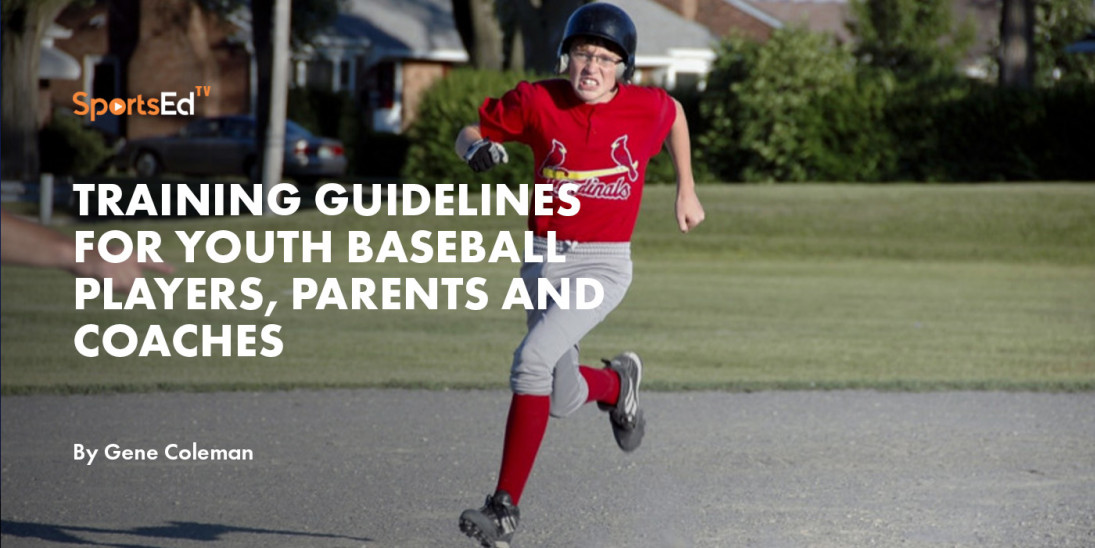
1. Stress is cumulative. While athletes have to train in order to make improvements, parents and/or coaches should not add another time and energy consuming activity to a child’s busy schedule. If a child is going to school, doing homework, participating in one or more school activities, practicing and competing in sports, adding another time-consuming activity to an already loaded schedule could be counter-productive.
When selecting a training program, find one that is fun, requires minimal time and can be performed at home with minimal or no equipment other than body weight, light dumb bells and/or bands. Avoid programs in which a young athlete has to travel to a fitness facility and train under the supervision of a personal trainer or coach. While these types of programs are often good, they can also add to the athlete’s stress load, limit free play and reduce recovery time.
2.Improvements in strength among pre-adolescent boys are the result of learning, not an increase in muscle size. Significant increases in muscle size require the presence of the male hormone testosterone. Boys do not begin to produce testosterone until they reach puberty. This does not mean that they can’t make significant improvements in strength. Girls and women do it all the time. The gains that pre-pubescent boys make are due to learning, i.e., through repetition the nervous and muscular systems become more efficient at turning on more muscle fibers at the right time to produce stronger, more coordinated contractions.
3.Develop the complete athlete. A complete athlete is one that possesses all of the motor skills needed for successful, injury-free performance; strength, speed, power, agility and flexibility. Don’t overemphasize one or neglect one for another.
4.Develop the entire body, not just the arm. The body is a 3-link chain in which forces are developed from the ground up. Forces are initiated in the hips and legs and then transferred through the core to the arms and hands where they are applied to the bat and ball. Since a chain is only as strong as its weakest link, you must develop all links in the chain.
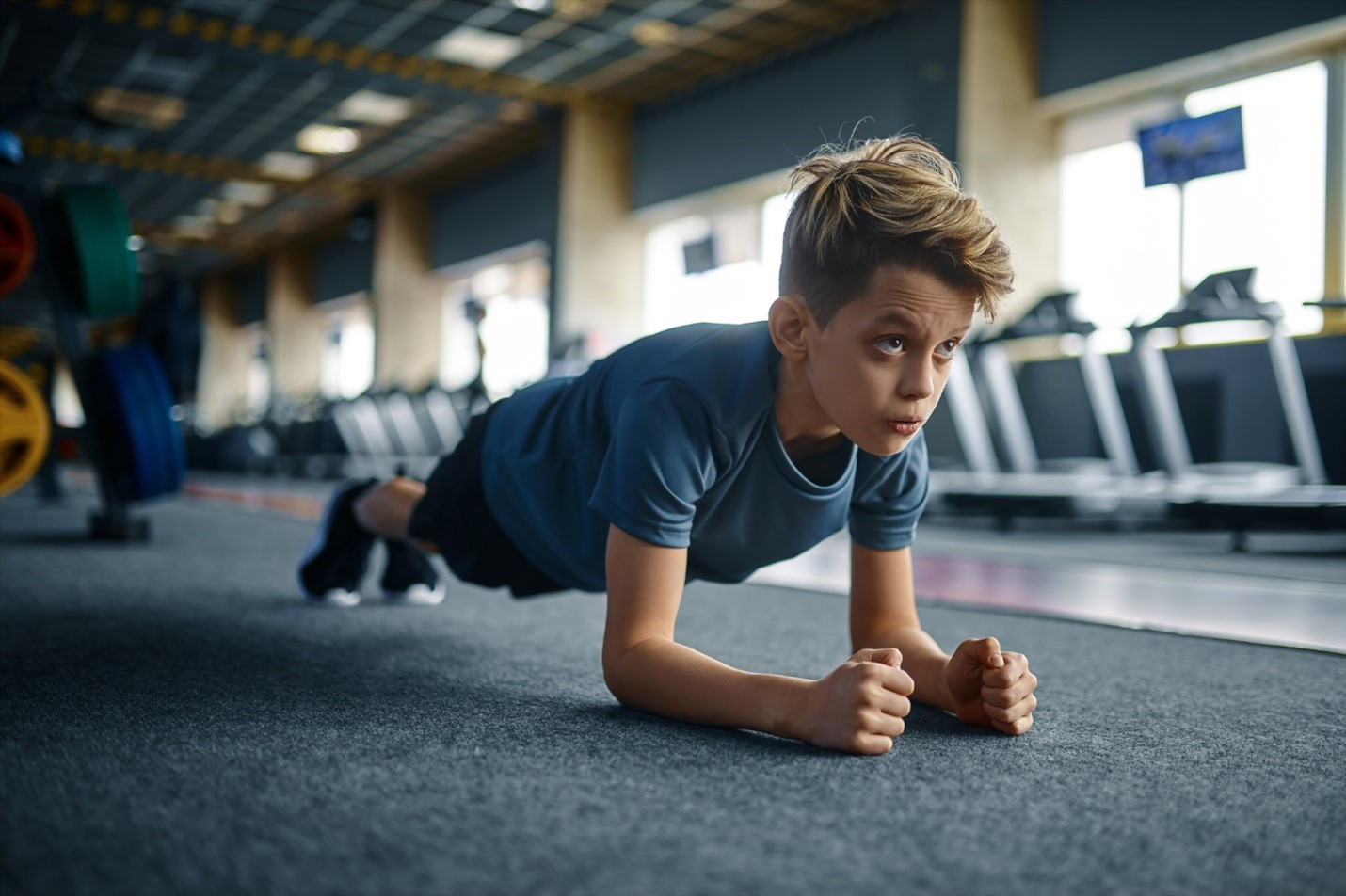
5.Condition the body to hit, run and throw, don’t hit, run and throw for conditioning. Get in shape to play before the season starts. Don’t wait for the season to start and use games and practice sessions to get in shape.
6.Train movements, not muscles. The body understands movements, bending, twisting, flexing, extending, etc., not muscles. Train the body to move, not to look good. You don’t need equipment to get strong. Do body weight exercises like, push-ups, squats, pull-ups, bear crawls, planks, etc.
7.Train for muscle balance and symmetry. For optimal performance and minimal risk of injury, the muscles on the front of the body should be as strong as those on the backside, and those on the left side should be as strong as those on the right side. Avoid being a one-sided athlete. Train both sides of the body and avoid working on only the muscles that you can see on the front of your body. The muscles on the backside are responsible for producing most of the strength and power needed to run fast and jump high.
8.Train for performance, not capacity. Train to execute the movements in game situations, not to see how far you can run, how much weight you can lift, how many reps you can do, how many throws you can make, how many balls you can field or how many swings you can take.
9.Allow for individual differences. Every child is different. Some mature earlier than others. Some have a slim build, others are more muscular and some more round. Each type of body build is better designed to handle and adapt to different forms of training. One size does not fit all when it comes to training. You can have a “general” program, but you must be willing and able to make adjustments when needed.
10.Be specific – you get what you train for. If you train for strength, you should get stronger. If you run long distances, you should be able to run longer. Baseball is a game in which most plays are over in 5 seconds or less. Train the movements and energy systems used in the game. Train for strength, speed, agility, etc., not for endurance. Avoid long jogs. If you spend 80% of your time jogging, you are spending 80% of your time practicing to be slow. You are also training the wrong type of muscle fibers, energy system and hormonal system.
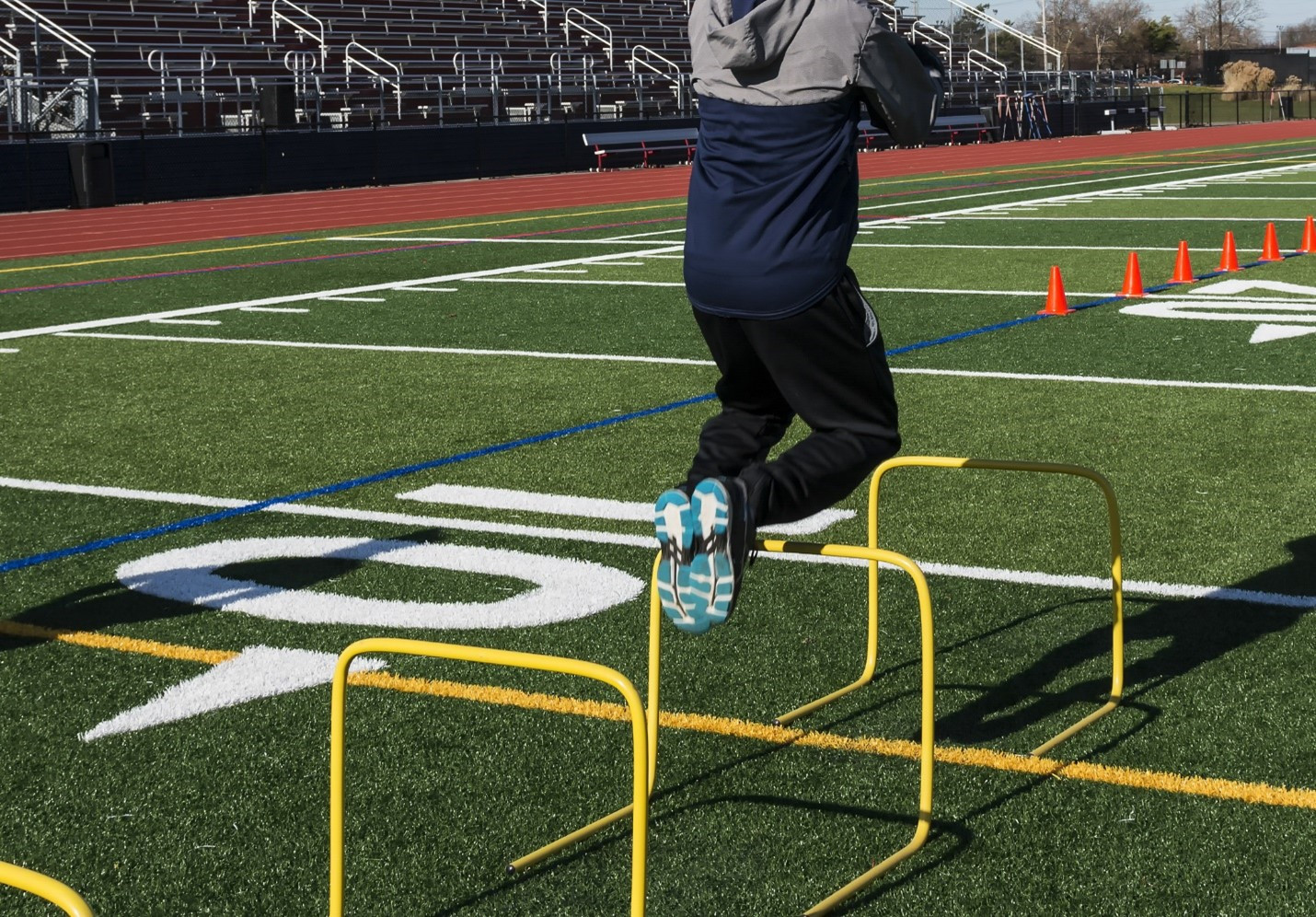
11.Have a plan, follow the plan and tweak the plan. You can’t get from Denver to Dallas without a good map. The same goes for conditioning. Have a proper plan for the population being trained. Adult plans are too difficult for developing children. Young athletes need programs that are within their ability to complete in order to ensure that stress is adequate and recovery is sufficient to ensure safe, progressive improvements.
12.Start with simple movements and gradually progress to complex movements. Skills and movements are best learned when athletes start with simple skills and movements and gradually progress to more difficult skills and movements. Catch the ball with two hands before attempting to catch it with one. Field ground balls straight at you before moving to catch them.
13.Start with slow movements and gradually progress to faster movements. Make sure that an athlete can perform a skill or movement slowly and under control before asking them to perform it at faster or game speed. Speed too early leads to dysfunction and inhibits learning.
14.Start by performing all forms of exercise movement using body weight as resistance. To ensure that the exercise movement is being performed perfectly correct, start by working against body weight. Gradually progress to adding external resistance only after the athlete can perform the exercise movement with perfect form. Stop the exercise when form breaks down.
15.Don’t add resistance to dysfunction. Adding resistance to bad form doesn’t correct or improve the dysfunction. It usually makes it worst. If an athlete, for example, can’t perform a body weight squat perfectly correct using only his/her body weight as resistance, don’t allow them to squat with external resistance (bands, barbell, dumbbells, etc.). Correct the dysfunction before adding external resistance.
16.Work and rest are both important and neither is beneficial without the other. Work (training) stimulates growth. Growth occurs during recovery, not during work. All athletes must have sufficient recovery time between exercises, workouts and sports seasons to ensure adequate recovery and proper growth. The primary reason that athletes who participate in more than one sport or on more than one team in a season become over-trained, burned out and injured is inadequate rest and recovery. If a little bit of training and/or competition is good, a lot is not better. Motor skills, like muscular development, are improved during sleep, not during work.
17.Perfect training makes permanent. Accept nothing less than complete attention and perfect technique when training. Practicing with less than perfect technique creates bad habits and bad habits are almost impossible to reverse. It’s better to do it right the first time than to correct the results of repeated dysfunction. Poor technique also causes inefficient movements and increases the risk of injury. Stop all drills, exercises, etc. when technique breaks down and start over using proper technique.
18.Train to improve, not to make yourself tired. When performed correctly, a training session should leave an athlete feeling good, not tired or exhausted. Exhaustion requires more time to recover from, produces smaller gains and increases the risk of over training and overuse injury. When an exercise session is over, ask yourself, “Did I do something to get better or just to make me tired?”
19.Eat to train and compete. You can’t train properly or play hard on a donut and a soda. Eat three balanced meals each day including breakfast and three snacks. Have a snack mid-morning, mid-afternoon and an hour or so before going to bed. The primary reason that athlete’s performance decreases is often a lack of fuel. Never start a practice, workout or game hungry. Hunger not only saps your energy, it has a negative effect on concentration and mental awareness.

20.Be patient. When you change a skill or movement, performance will usually get worse before it gets better. It takes time for the neuromuscular system to learn new motor patterns and overcome bad habits so don’t be discouraged if your performance decreases somewhat when your coach changes your batting stance, pitching mechanics, etc. It takes time for skills to significantly improve, but they will if you can avoid reverting back to your old mechanics in game situations.
